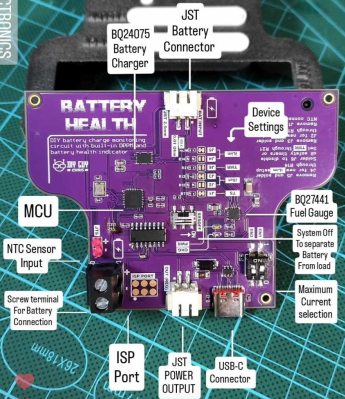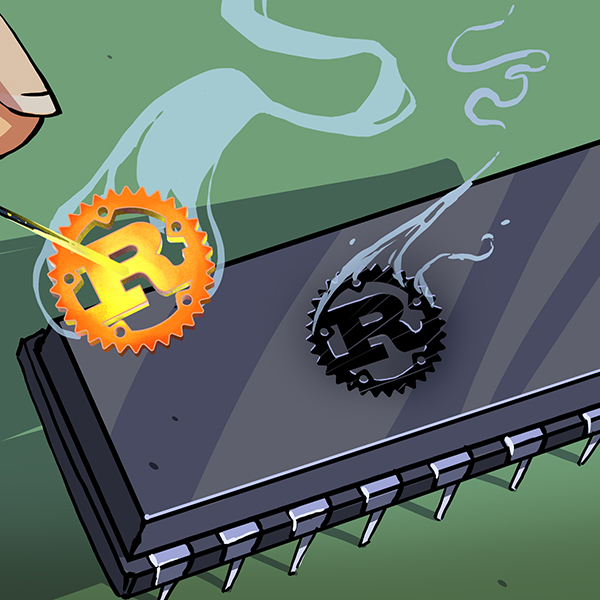They’re marketed as “Solar Generators” or “Solar Power Stations” but what they are is a nice box with a battery, charge controller, and inverter inside. [DoItYourselfDad] on Youtube decided that since all of those parts are available separately, he could put one together himself.
The project is a nice simple job for a weekend afternoon. (He claims 2 hours.) Because it’s all COTS components, it just a matter of wiring everything together, and sticking into a box. [DoItYourselfDad] walks his viewers through this process very clearly, including installing a shunt to monitor the battery. (This is the kind of video you could send to your brother-in-law in good conscience.)
Strictly speaking, he didn’t need the shunt, since his fancy LiFePo pack from TimeUSB has one built in with Bluetooth connectivity. Having a dedicated screen is nice, though, as is the ability to charge from wall power or solar, via the two different charge controllers [DoItYourselfDad] includes. If it were our power station, we’d be sure to put in a DC-DC converter for USB-PD functionality, but his use case must be different as he has a 120 V inverter as the only output. That’s the nice thing about doing it yourself, though: you can include all the features you want, and none that you don’t.
We’re not totally sure about his claim that the clear cargo box was chosen because he was inspired by late-90s Macintosh computers, but it’s a perfectly usable case, and the build quality is probably as good as the cheapest options on TEMU.
This project is simple, but it does the job. Have you made a more sophisticated battery box, or other more-impressive project? Don’t cast shade on [DoItYourselfDad]: cast light on your work by letting us know about it!. Continue reading “COTS Components Combine To DIY Solar Power Station”




















